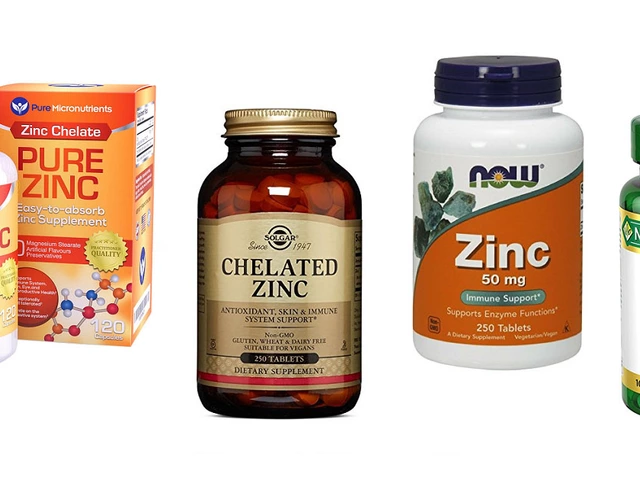Dosage Guide – How to Choose the Right Amount of Medication
Getting the dose wrong can mean your medicine doesn’t work or it hurts you. That’s why knowing how to figure out the correct dosage is a must, whether you’re picking up a prescription or an over‑the‑counter product.
Understanding Dosage Basics
A dosage tells you how much of a drug to take and how often. It’s usually written on the label as milligrams (mg), micrograms (mcg), or units, followed by a timing cue like "once daily" or "every 8 hours." The first thing to check is whether the dose is weight‑based – many pediatric meds use mg per kilogram, and some adult drugs adjust for body mass.
Age matters too. Kids, seniors, and people with liver or kidney issues often need a lower amount because their bodies process medicines differently. If a label says "adults only," don’t assume it’s safe for a teenager without checking the doctor’s advice.
Practical Tips for Safe Dosing
1️⃣ Read the whole label. The fine print includes important warnings, how to store the drug, and what to do if you miss a dose. Skipping this step can lead to double‑dosing or stopping too early.
2️⃣ Use the right tool. If the medication comes with a dropper, syringe, or dosing cup, use it – not a kitchen spoon. Kitchen spoons vary in size and can give you an inaccurate amount.
3️⃣ Adjust for food. Some meds need to be taken with meals to avoid stomach upset, while others must be empty‑stomach for proper absorption. The label will tell you which side of the fork to sit on.
4️⃣ Watch for interactions. Combining drugs can change how fast your body clears each one, meaning a dose that’s safe alone might become too high when mixed. A quick chat with your pharmacist helps catch these issues.
5️⃣ Set reminders. Forgetting doses is common, especially if you have several prescriptions. Phone alarms or pill organizers keep you on track and prevent accidental repeats.
If you ever feel unsure about a dose – whether it seems too strong, too weak, or you’re dealing with a new health condition – reach out to your doctor or pharmacist before making changes. It’s better to ask than guess.
Bottom line: reading labels carefully, using proper measuring tools, and considering age, weight, and other meds will get you the right amount of medicine every time. Follow these simple steps and you’ll boost both safety and effectiveness without any extra hassle.
Imodium Guide: How to Use Loperamide Safely for Diarrhea
Learn what Imodium is, how it works, proper dosing, side effects, and buying tips. A clear, practical guide for anyone dealing with sudden diarrhea.
Amoxicillin for Tonsillitis: Dosage, Effectiveness, and Side Effects
I recently researched Amoxicillin for treating tonsillitis and found out that it's quite effective in fighting bacterial infections. The typical dosage prescribed is 500mg to 875mg every 12 hours, depending on the severity of the infection. While it's generally considered safe, some possible side effects include nausea, diarrhea, and skin rashes. It's important to follow the prescribed course of treatment to ensure the infection is fully cleared. Always consult with a healthcare professional before starting any medication, especially if you have any allergies or pre-existing conditions.
About
Medications, Health and Medicine
Latest Posts


The use of clavulanate in the management of pelvic inflammatory disease
By Orion Kingsworth May 27, 2023

Preventive Measures for Building Resilient Pharmaceutical Supply Chains to Prevent Drug Shortages
By Orion Kingsworth Dec 23, 2025

Choline Salicylate + Lignocaine for Arthritis Pain: Uses, Safety, Evidence
By Orion Kingsworth Aug 24, 2025


